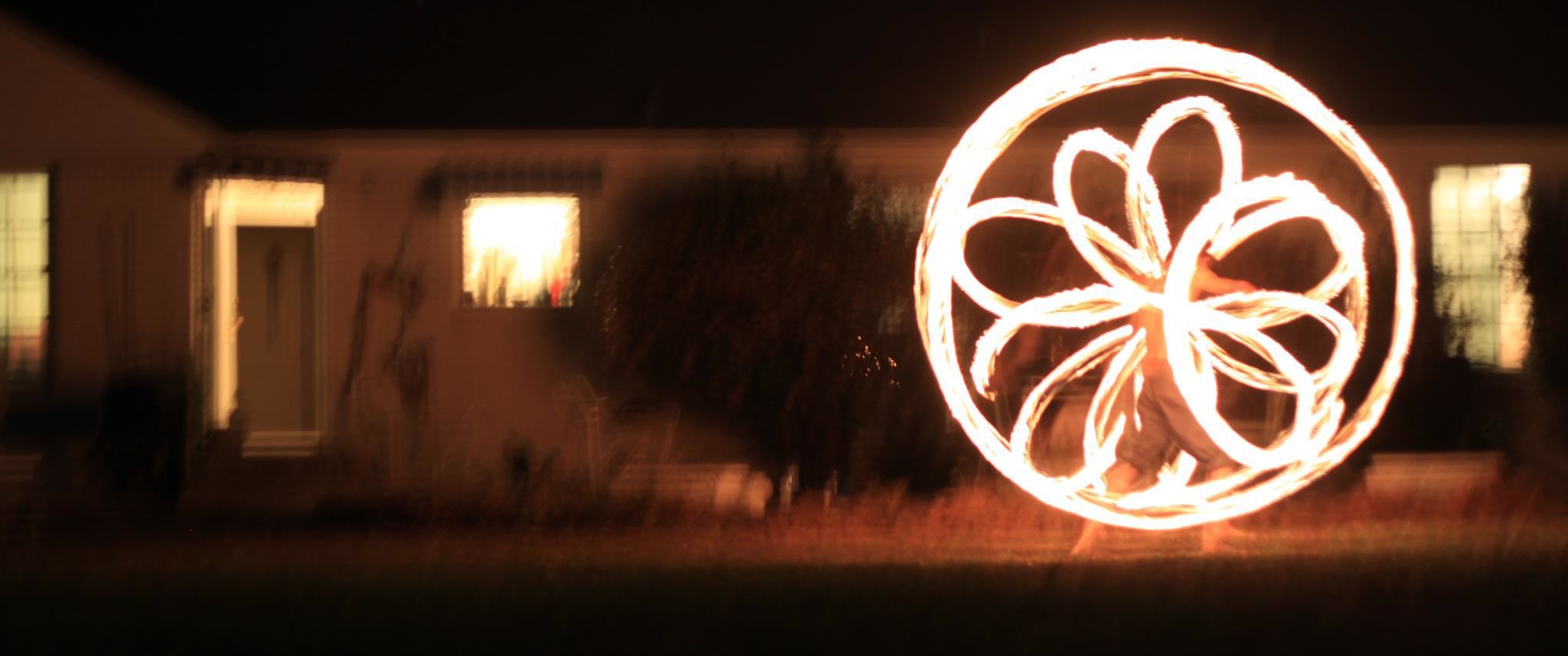Introduction
Video tutorials on how to use such Appropriate Technologies will further mankind’s ability to visualize, consciously design, and educate the masses on how various tools and applications can help to regenerate and heal the earth. Project 2 will focus on how to use Google SketchUp to map, design, and partially interact with components such as trees and plants within a landscape.
The Design Phase: The Structure and Succession of the SketchUp Series
Sample VIdeo
The SketchUp Series: The Basics
Project 2 Reflections
Applying Permaculture Ethics to Virtual Information
Earth Care: Conscious decisions must be made in a permaculture design to foster an environment that caters to collaboration between living systems rather than competition. Google SketchUp can guide our decisions in plant spacing due to sun and shade exposure, access to water, appropriate earthworks and pond placement, zone and sector analysis, and more.
People Care: Educating communities on potential uses of Google SketchUp can enable conscious designs that provide the most benefit to mankind with the least amount of effort.
Fair Share: Sharing information and educating others will further the art and creativity of using Appropriate Tools such as Google SketchUp, while supporting and pushing the idea of Open Source Knowledge and Information.
Permaculture Principles
Observe and Interact: Observations on how to interact and design a landscape can take enormous amounts of time, energy, and resources. Sharing the information to others in a cohesive manner can also be challenging with 2D maps. Likewise, sharing the information on how to use Google SketchUp and other tools can be time consuming. Utilization of Video Tutorials on how to use Google SketchUp and other tools can enable a designer to visualize a landscape in 3D and share a true depiction of how permaculture can be applied to a landscape design, while continually educating others on the availability of such tools and how to use them.
Catch and Store Energy: Energy that would’ve been used to survey an area or designing on paper can now be done virtually with a few clicks of the keyboard. Visualizing the design with a 3D view also enhances the perception of how the blueprint for the creation will work. For example, contouring a 130 acres can take a large amount of resources. Utilizing computer tools can eliminate a lot of the guess work and focus a communities time and effort in strategic areas.
Obtain a Yield: Information is crucial in the design process to create a conscious plan for a regenerative system. Video tutorials will save time and effort to teach the masses while continually doing ground work locally.
Apply Self-Regulation and Accept Feedback: Educational resources that are online are self-regulated. In many ways, it is reproducing ideas and creativity to the masses every second of every day of the year. Comments and emails can be sent to improve the videos and responses can be sent promptly at anytime.
Use and Value Renewable Resources and Services: Online videos provide a renewable service that is obtainable via internet at anytime.
Produce No Waste: Waste resources for producing video is primarily the energy and time required to make the production. At this moment, it will be a negative external cost and will have to be accounted for at a later day and time.
Design from Patterns to Details: The video series will be created to be embedded into a magazine or book type media. In this manner, people can watch and follow the video and the steps that it goes through, while having literature to fall back and follow. The video will be able to show real time utility and the literature will provide a guide to fall back on instead of rewinding the video.

Awesome design, Zar Zar. I rlaely love the detail in the inside of your house. It’s amazing how you did it all by yourself and did not import any components from the web. A great example for others.